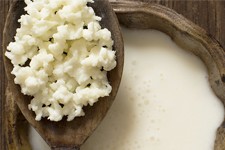
Marathon: did you know that …?
Did you know that…
1. Marathon was the name of the place where, way back in 490 B. C., a major battle was fought between Greek soldiers and the Persian troops of Darius I the Great. The victory of the former de facto prevented the invasion of the Greek territory by the Persian Empire: without this outcome, probably the history and the culture of the Mediterranean would not been those we know.
2. According to the legend, the soldier and Greek messenger Pheidippides covered about 40k, , the distance between Marathon and Athens. He ran 40 km to bring the news of the victory: once he executed the task, he fell to the ground lifeless.
3. The revival of the marathon took place in 1896 in Athens, where the first modern Olympic Games were held: the distance covered by the 17 participants was about 40 kilometres, from the Marathon bridge to the Panathinaiko Stadium in the Greek capital.
4. The length of the marathon remained about 40 km up to the 1908 London Olympics, when Queen Alexandra asked a slight lengthening of the running so that the princes could see it directly from their rooms. The race thus reached the 42,195 km distance, which was ratified in 1921 by the IAAF (International Association of Athletics Federations) as a standard length for marathons.
5. The marathon with the greatest number of participants is the one in New York which, since several editions, has been passing the threshold of 50,000 runners from all over the world.
6. The youngest marathoner in the world is the Indian Budhia Singh, now fourteen, who has run 48 marathons well before the age of 5 years.
7. Whereas, the oldest marathoner in the world is the British athlete of Indian origin Fauja Singh, 105 years old, retired from racing only in 2013. At the age of 100 years, he completed the Toronto marathon in 8 hours, 25 minutes, 16 seconds.


